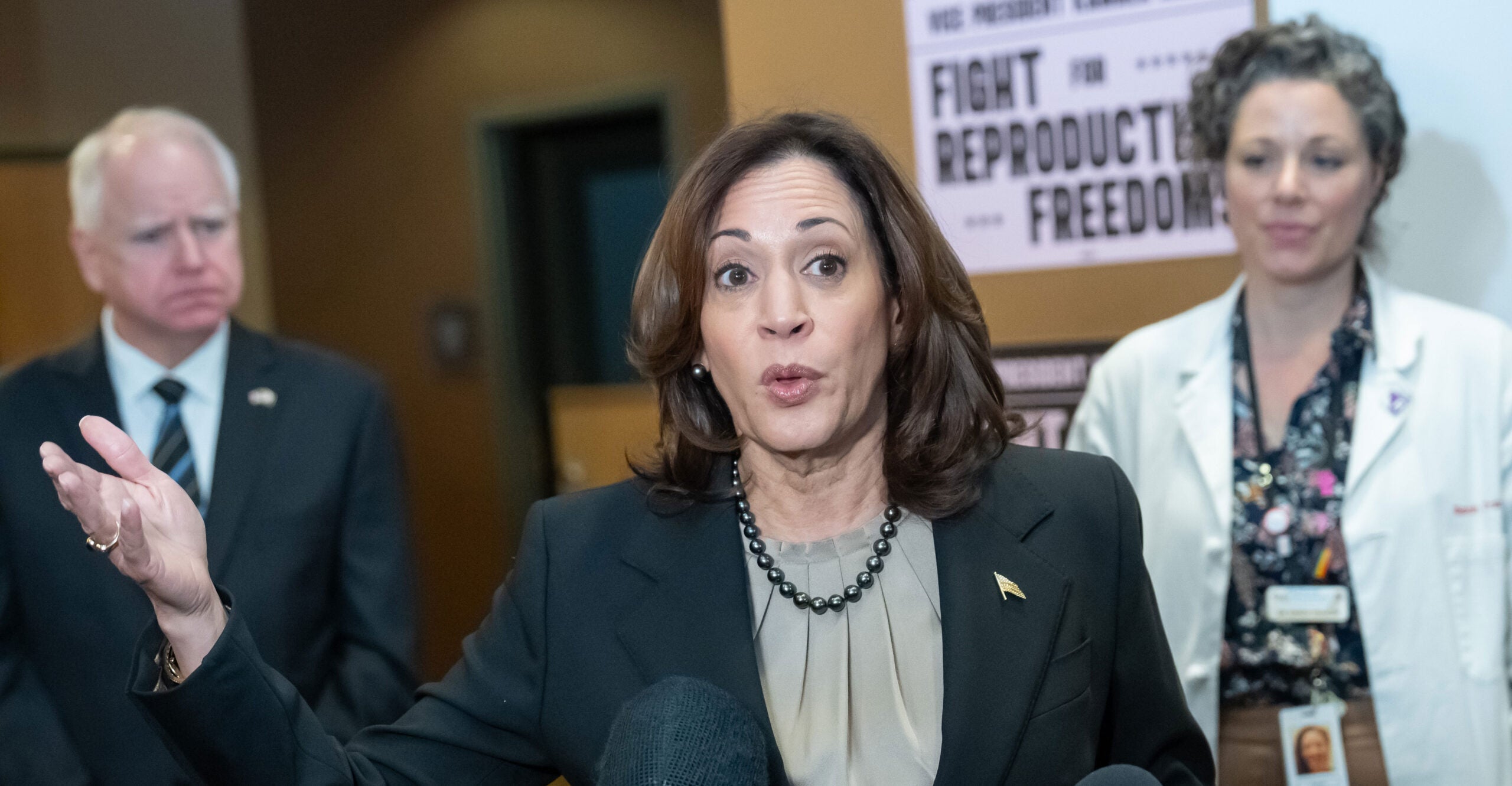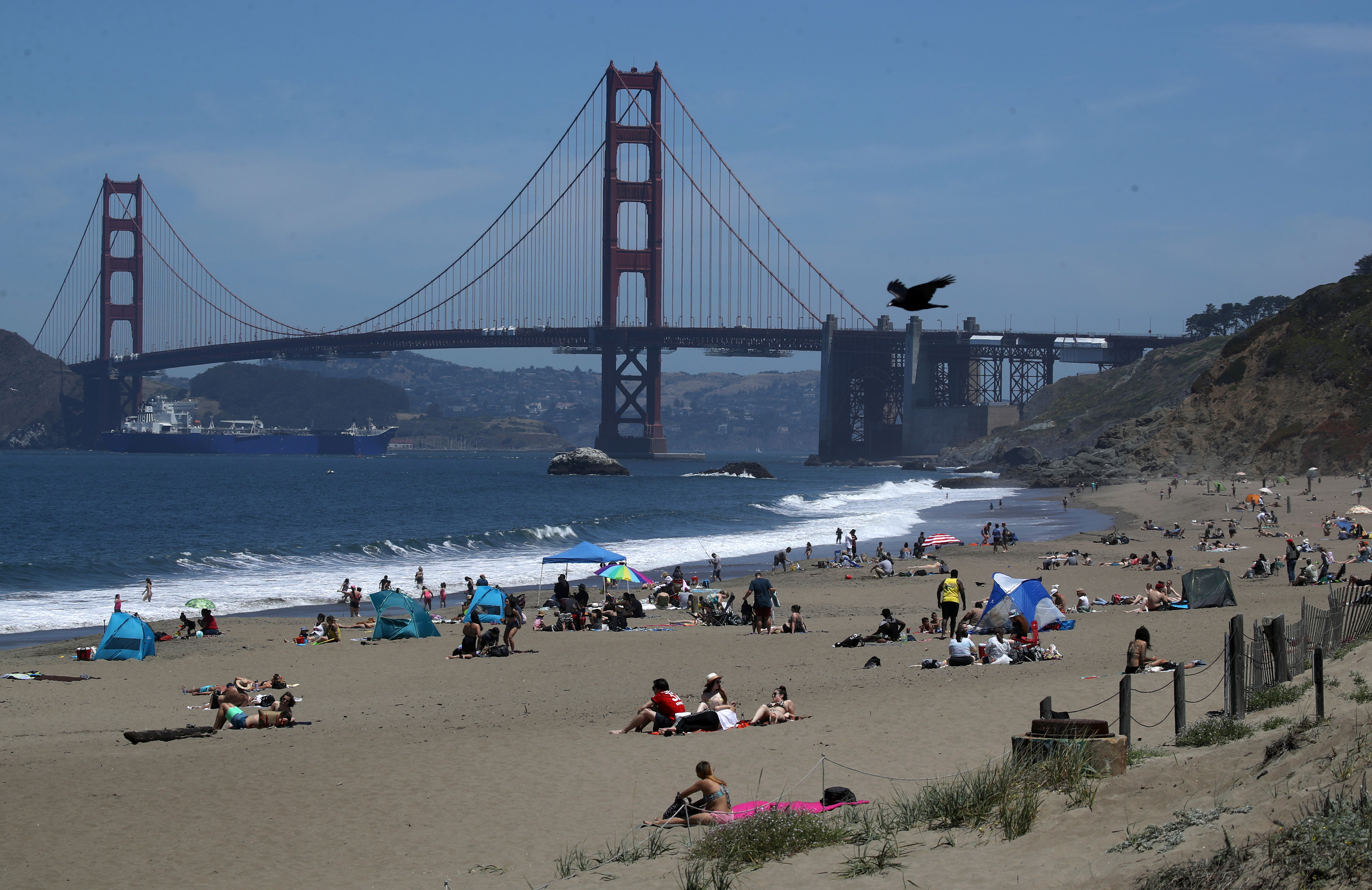
prepping.com
Tip 110 Parchment Paper & Aluminum Foil #shtf #teotwawki #wrol #emergencysupplies #preparedness
--"As iron sharpens iron, so one person sharpens another. Prov 27:17 --"Whoever answers before listening, theirs is folly and shame" Prov 18:13 --"Finally, all of you, be of one mind, sympathetic, loving toward one another, compassionate, humble. Do not return evil for evil, or insult for insult; but, on the contrary, a blessing, because to this you were called, that you might inherit a blessing." 1 Peter 3:8-9 --“We must learn to live together as brothers or perish together as fools.” MARTIN LUTHER KING Disclaimers: The FTC wants me to remind you that my channe contains affiliate links. That means if you make a purchase from a link you click on, I might receive a small commission. This does not increase the price you'll pay for that item nor does it decrease the awesomeness of the item. As an Amazon Associate I earn from qualifying purchases when you use any links connected to my Amazon Influencer Page. I am also an affiliate which does mean I get a small commission should you decide to use one of my links of several great companies like Augason Farms https://bit.ly/3NlJaI2 BattlBox bit.ly/3W5riXk Berkey Water Filters https://www.berkeyfilters.com?a_aid=62a2781240e63 use code CWP10 for 10% discount on the above Berkey link Can Cooker https://bit.ly/3MDpQpR Contingency Medical https://contingencymedical.com/?ref=189 Code CWP $10 off EMP Shield https://www.empshield.com?coupon=cwp $50 off use cde cwp JASE Medical https://jasemedical.com/?rfsn=6719125.2c6a6e Mira Safety bit.ly/3KHD9XV Mother Earth Products http://www.motherearthproducts.com?aff=563 CWPrepper 10% discount My Medic https://bit.ly/3RvVDOr use code CWP15 at checkout for 15% discount Nutrient Survival https://bit.ly/39AgKvq coupon CWP10 - 10% off Optics Planet https://alnk.to/2FBGihm Survival Frog https://bit.ly/39UQ2NZ ThriveLife Freeze Dried Foods https://LeesPrep.thrivelife.com Valley Food Storage https://bit.ly/3yFjTVb I am not an expert in the realm of survivalism, but do claim to be a constant learner/student and have been a student for 50 years. I am also not a physician nor licensed to practice medicine anywhere in the United States. I offer you my experience and limited knowledge and implore you to always seek medical advice from a trained / licensed professional. Some images used in material are not our own. All content falls under fair use: any copying of copyrighted material is done for a limited, educational and “transformative” purpose, such as to comment upon, criticize, or parody a copyrighted work. Such uses can be done without permission from the copyright owner. Tuesday Night Non Fiction Book Club - 8PM Central How to Survive the End of the World As We Know It by James Wesley, Rawles https://amzn.to/3xWxJnK 9/17/24 Chem / Nuke Defense Crisis Preparedness Guide - How to Survive the Coming Collapse by Damian Brindle https://amzn.to/46SEaFy 9/23/24 9 Additional Considerations Thursday Night Fiction Book Club Last Thur of month (except Nov) 8PM Cental Nov 21, 2024 On Wings Like Eagles - book 7 in the Stonemont Series by Steven C Smith One of the foremost constitutional theorists of the founding generation, John Adams, observed, “Our Constitution was made only for a moral and religious People. It is wholly inadequate to the government of any other.” He wasn’t the only Founding Father to hold this view. Indeed, James Madison wrote that our Constitution requires “sufficient virtue among men for self-government,” otherwise, “nothing less than the chains of despotism can restrain them from destroying and devouring one another.” 2 Thess 3:10 NAB translation "In fact, when we were with you, we instructed you that if anyone was unwilling to work, neither should that one eat." Eph: 4:32 Be kind to one another, compassionate, forgiving one another as God has forgiven you in Christ.

















